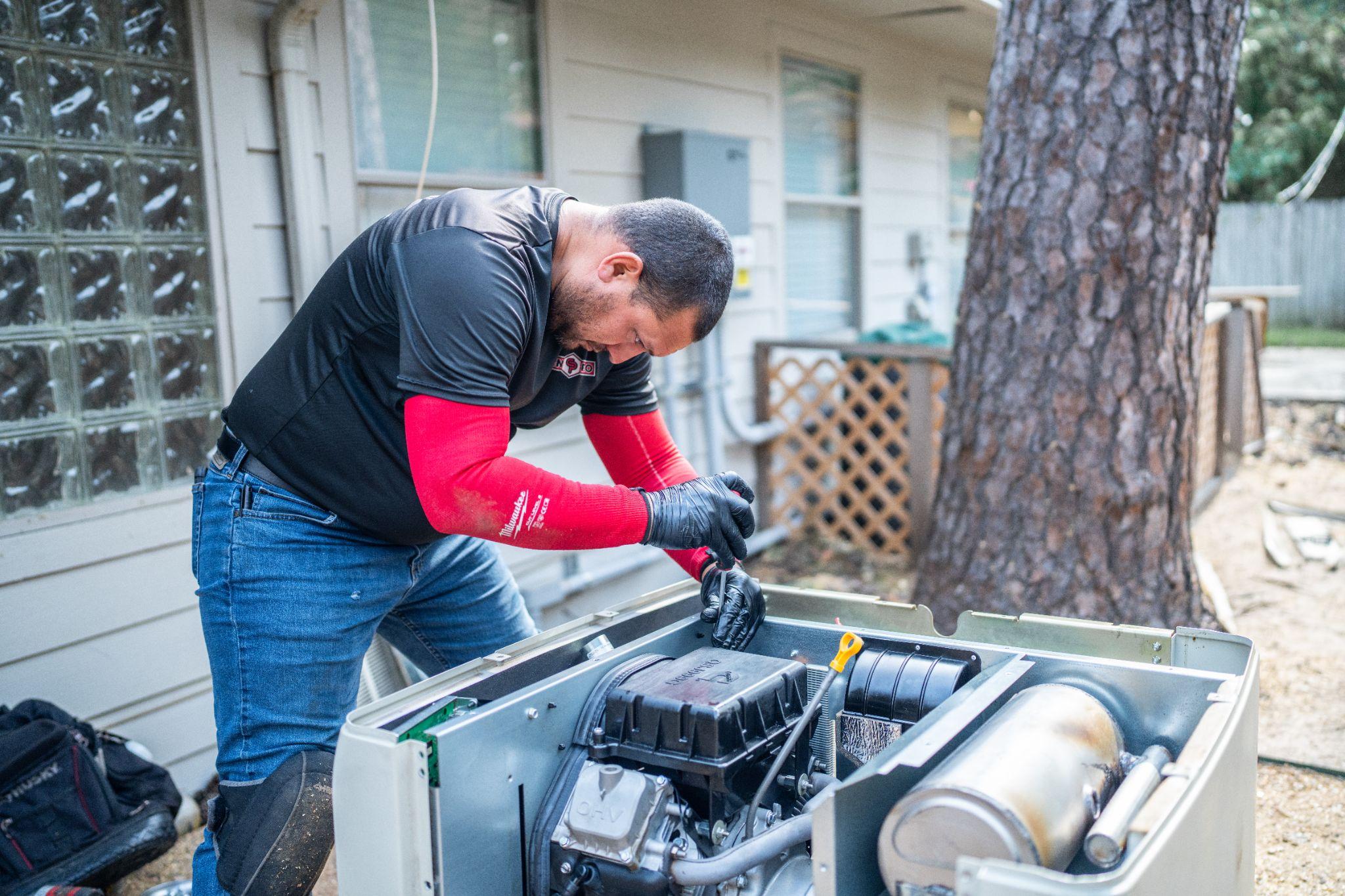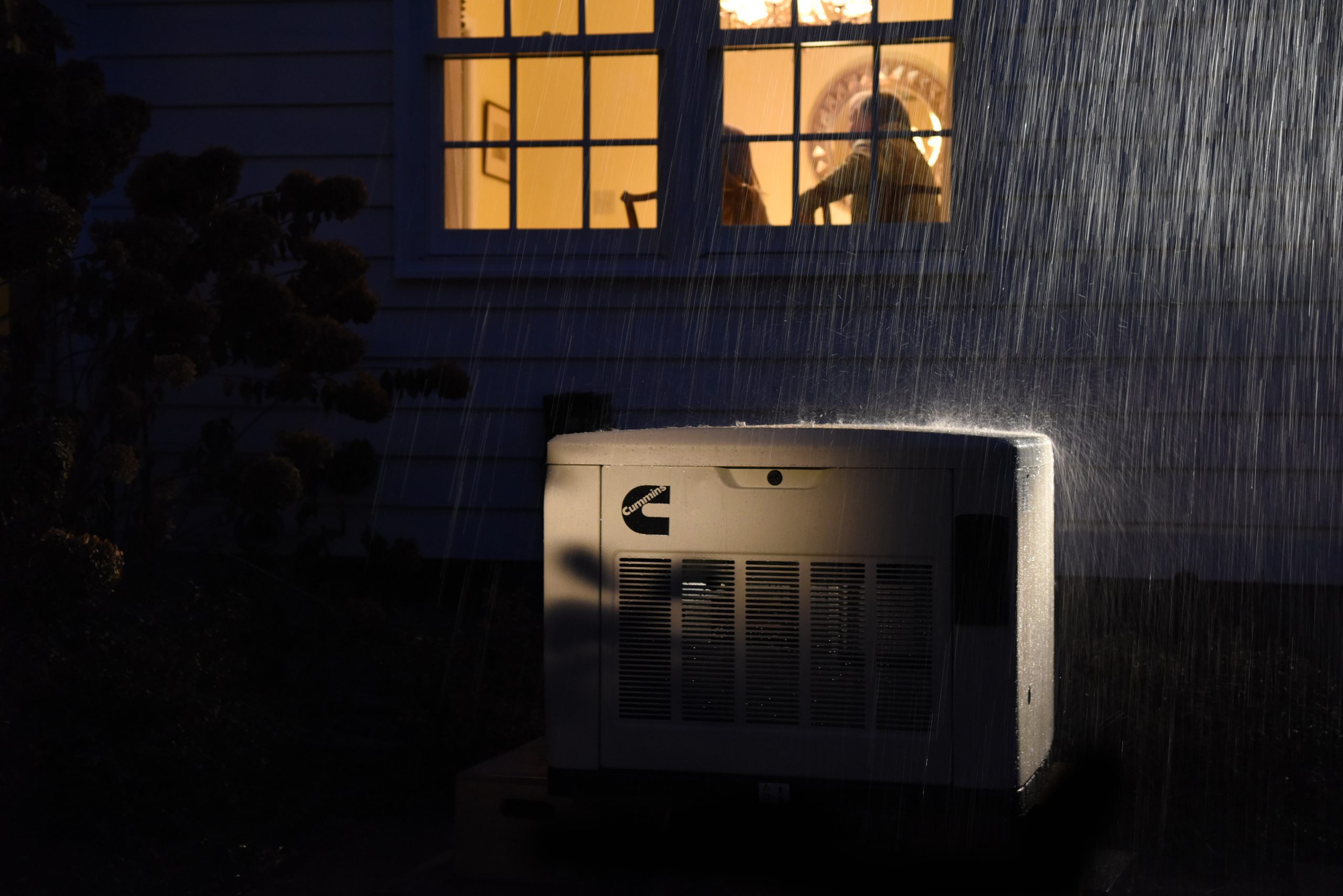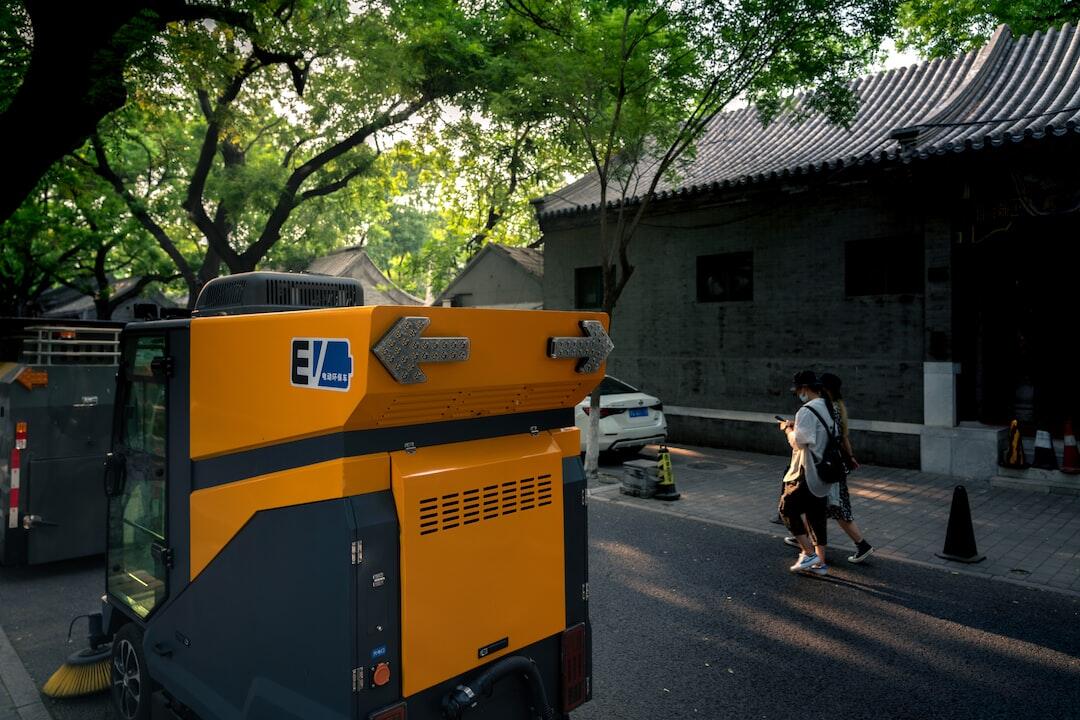How to Know Your Generator Is Running Strong: Common Warning Signs (and Quick Fixes)
When the power goes out, your home standby generator becomes more than a machine – it’s your lifeline. It keeps the lights on, your fridge cold, your AC humming, and your family safe. But here’s the truth most homeowners miss: even the most reliable backup power system will falter if you ignore the early warning … Read more










